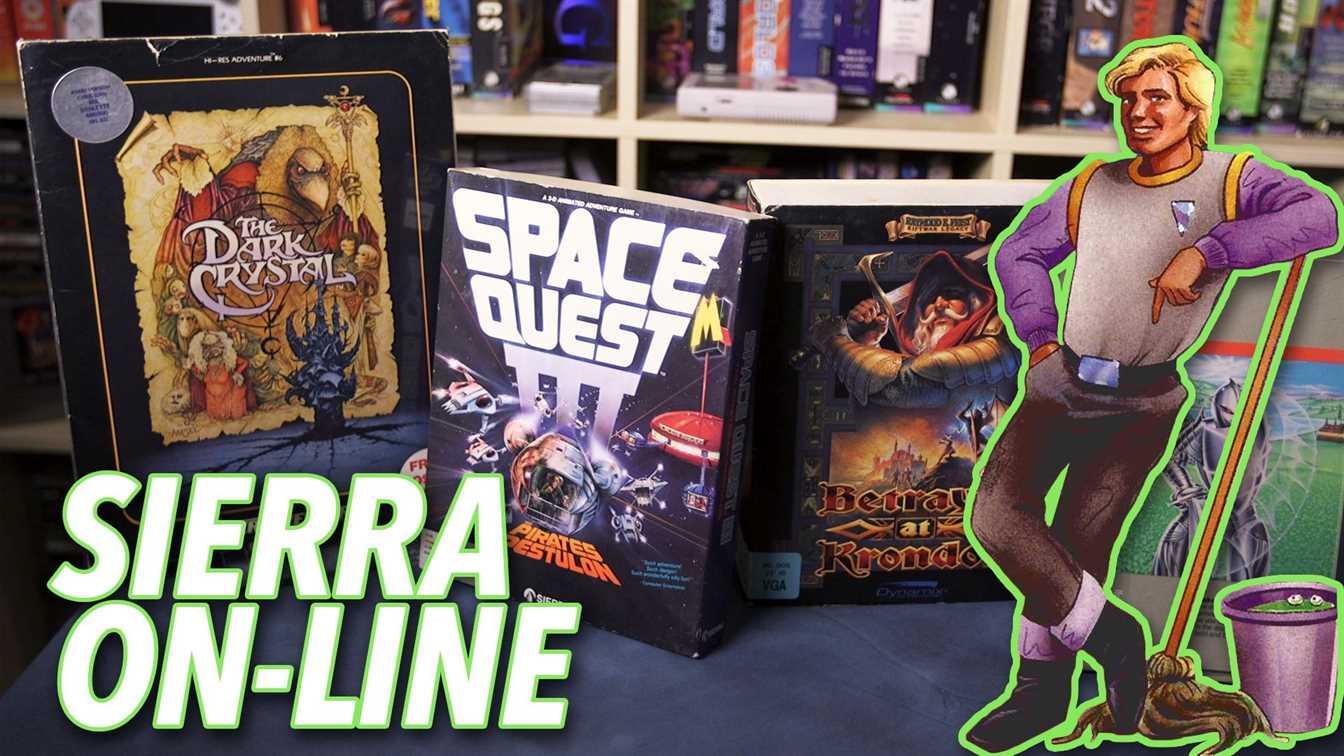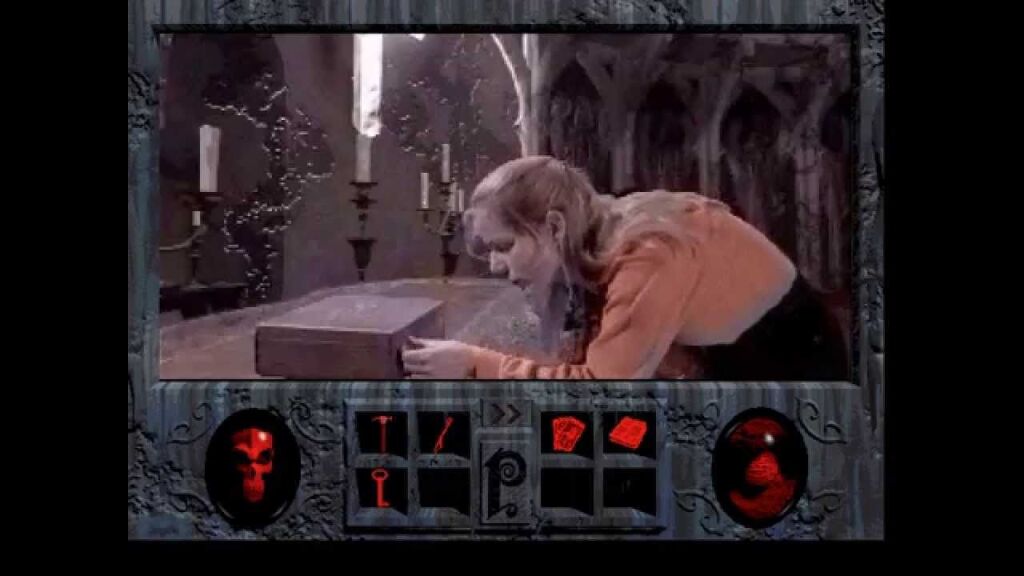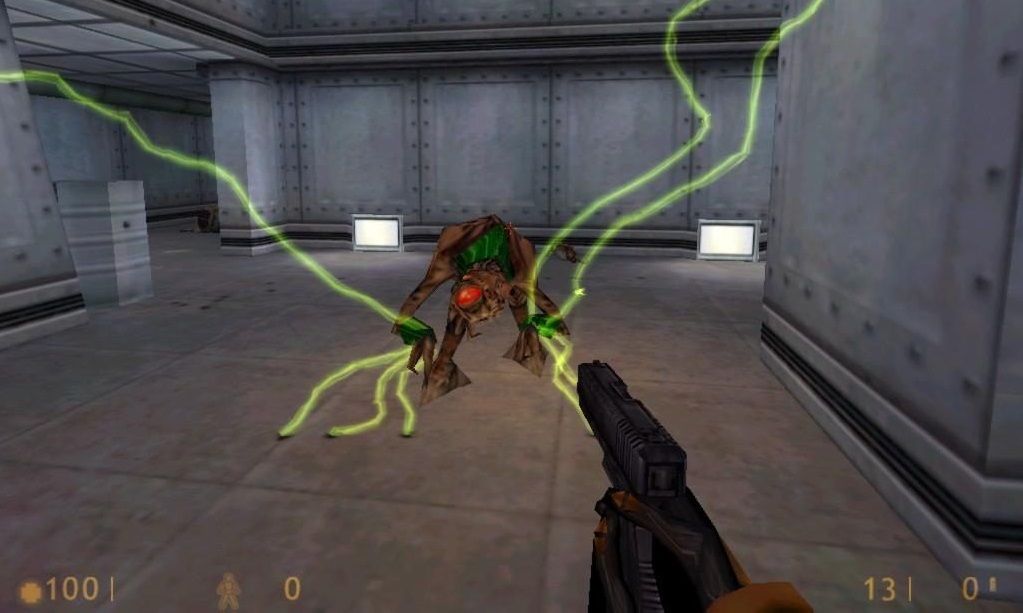How did Half-Life Publisher Sierra Went Bankrupt?

As you know, the Half-Life series is shown as one of the most important and popular series in the game world. The first game of the series that opened new doors to the FPS genre, published by the Sierra Entertainment. But how did Half-Life publisher Sierra, which has hundreds of games except Half-Life went bankrupt?
The founding of Sierra Entertainment
It all started for Sierra in 1979. Ken Williams, who was a programmer at IBM at the time, was only 25 years old. His wife, Roberta, was spending time playing Text Adventure games, which were very popular on Apple II computers. Text Adventure games were types of games that progressed only with dialogues and were based on a scenario. The idea of visually enhancing this genre led the Williams couple to establish the company called On-Line System. By 1982, the company named as Sierra On-Line.
At that time, with games such as Mystery House, Wizard and the Princess and Crossfire they released for Apple II, they quickly became a rising company. For example, the company’s first game Mystery House developed in just 3 months. This game is also the first adventure game with graphics. It made a big success by selling 15,000 units in a very short time. All these games released by the company during this time actually only added monochrome visuals to the Text Adventure games. So that when we look at the games, we see that it consists only of drawings as you can see on the screen. By 1983, everything was going well for Sierra and the company managed to sell $ 12.5 million worth of sales. After this release, Sierra was now the 12th largest software development company in the world.
And Commodore Reveals
Then, came the Commodore legend. Although the release of Commodore harmed computer games, the rise of Sierra in the 80s continued after this period. The biggest shareholders of this rise were King’s Quest, Space Quest and Leisure Suit Larry, which tells about the adventures of a womanizer man. So that Leisure Suit Larry in the Land of the Lounge Lizards chosen as the best adventure game of 1987. The main factor that made Sierra so successful was actually not only making the firsts but also keeping its range wider at that time. So when we look at King’s Quest, it offered a fantastic adventure to the players of that period. And Larry contained an adventure that players never experienced before. Ken Williams, who was friends with a retired highway cop named Jim Walls at the time, even brought the Police Quest series to life based on Jim’s experiences.
With King’s Quest V, Sierra made a fast entry into the 90s. This game was the best selling game for the company for five years. It sold more than 500,000 copies in total and brought many awards with it. This growth continued in 1991 with the online-based series The ImagiNation Network, Dr Brain and Gabriel Knight. Sierra was no longer fitting into its own shell. After its merging with Broderbund, which also worked on games, a new building needed. For this reason, the company’s headquarters was moved to Washington. The former headquarters in California continued as one of the company’s game development studios. This studio would later change its name to Sierra Yosemite.
Rise of a King
By 1995, Half-Life publisher Sierra was now the leading brand in the game industry, with sales exceeding $ 80 million. During this period, the company even partnered with Pioneer, to develop entertainment software in Japan. I am talking about the Pioneer that we are all familiar with their music systems. Again in 1995, the company’s biggest game Phantasmagoria launched. Even though the comments and reviews for the game were mixed, it managed to surpass the 1 million sales barrage. 
Two months after the acquisition phase, CUC made a decision and established CUC Software in September 1996. The main task of this company, where Bob Davidson was the CEO, was the gathering of the sub-companies that involved in this field. Apart from Sierra, the companies included were; Blizzard, which we all know well, Davidson, Knowledge Adventure and Gryphon Software. From here, we can see how many strategic breakthroughs CUC made in its time.
The Half-Life era
When the dates showed November 1996, negotiations started for Half-Life. The cornerstones of the game industry. Ken Williams, who met with Valve’s founders, took the first steps of the agreement to be the Half-Life publisher. Also at the end of the same year, CUC joined forces with HFS Incorporated. As a result, the two companies co-formed Cendant Corporation. Now Sierra linked to a group that operated in more than 100 countries and had a total of more than 40,000 employees.
Half-Life made its first appearance at the E3 in May 1997. The game, which made significant advancements in animation and artificial intelligence as well as gameplay dynamics, released in 1998.
As you know, Half-Life brought great success with it. We are talking about a game, still made a name for itself despite 22 years. And still is one of the best games ever.
By the time Half-Life came out, some upheavals started to occur in Sierra. A year before the game’s release, Bob Davidson resigned and replaced by Chris Mcleod. Long before that Ken Williams began to feel the strings would break. He stayed in the software division to lead Sierra for a long time post-acquisition, but some decisions left him disappointed. The firm had begun to downplay some of Sierra’s major IPs, especially Larry.
Here Comes the Half-Life
As a matter of fact, in November 1998, exactly the month when the first Half-Life released, Ken Williams left his job at CUC. The fraud that broke out in 1998 at CUC had added spice to the negative events. After various bad events, Cendant decided to sell its computer entertainment units. So, the unit which Sierra was affiliated was sold to Paris-based Havas S.A. in November 98.
The changes and new purchases actually showed that the alarm bells started to ring for Sierra. By February 1999, Sierra announced that they decided to restructure. Development studios affiliated with Sierra closed, including Yosemite, where Sierra first appeared. Important projects cancelled. Previously purchased studios resold and more than 250 employees dismissed. Even after games like Relic and Homeworld published, Sierra never reached their golden-ages again. The experienced names of the company continued their way under the roof of different companies, especially Codemasters. Moreover, more than 100 people laid off during the construction process. After such great blood loss, it was harder to develop games for Sierra. The company started to work as the distributor of independent studios as of 1999.
The 2000s and the collapse period of Half-Life Publisher Sierra
Havas named as Vivendi Universal after the agreements made in the 2000s. These processes did not prevent blood loss in the company. More dismissals began to come from this formation, to which Sierra also affiliated. The name of the company changed, new Larry games developed. Although small successes achieved with games such as Nascar and Homeworld 2, the bright days for Sierra were long past.
After all, we can say that the 2000s passed for Sierra by being dragged from here to there. The handovers, small games and Activision purchasing Vivendi put the last nail to the coffin for Sierra. Many games made by Vivendi and Sierra shifted to other development studios. After all this collapse, we bid farewell to Half-Life publisher Sierra completely in 2008. Activision tried to get the company back on its feet in 2014. But they could not succeed.
As you can see, the collapse of Sierra Entertainment, the leader of an era, was as severe as its rise. It is really unbelievable that such a successful company dragged into bankruptcy and completely disappeared. What do you think about Half-Life publisher came to this situation? Please share your comments.





